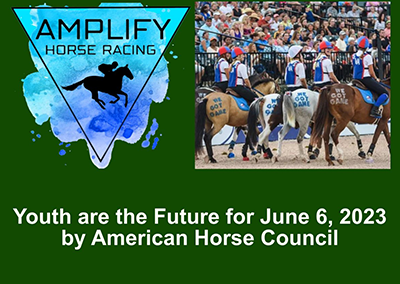
by gabbydondero25 | Jun 3, 2023 | Podcasts, Youth
Shownotes The second episode of the American Horse Council edition of Horses in the Morning shines a spotlight on the youth of the horse industry. Julie and Megan speak with the president of the U.S. Pony Clubs, Jennifer Sweet, and the Executive Director of Amplify...


